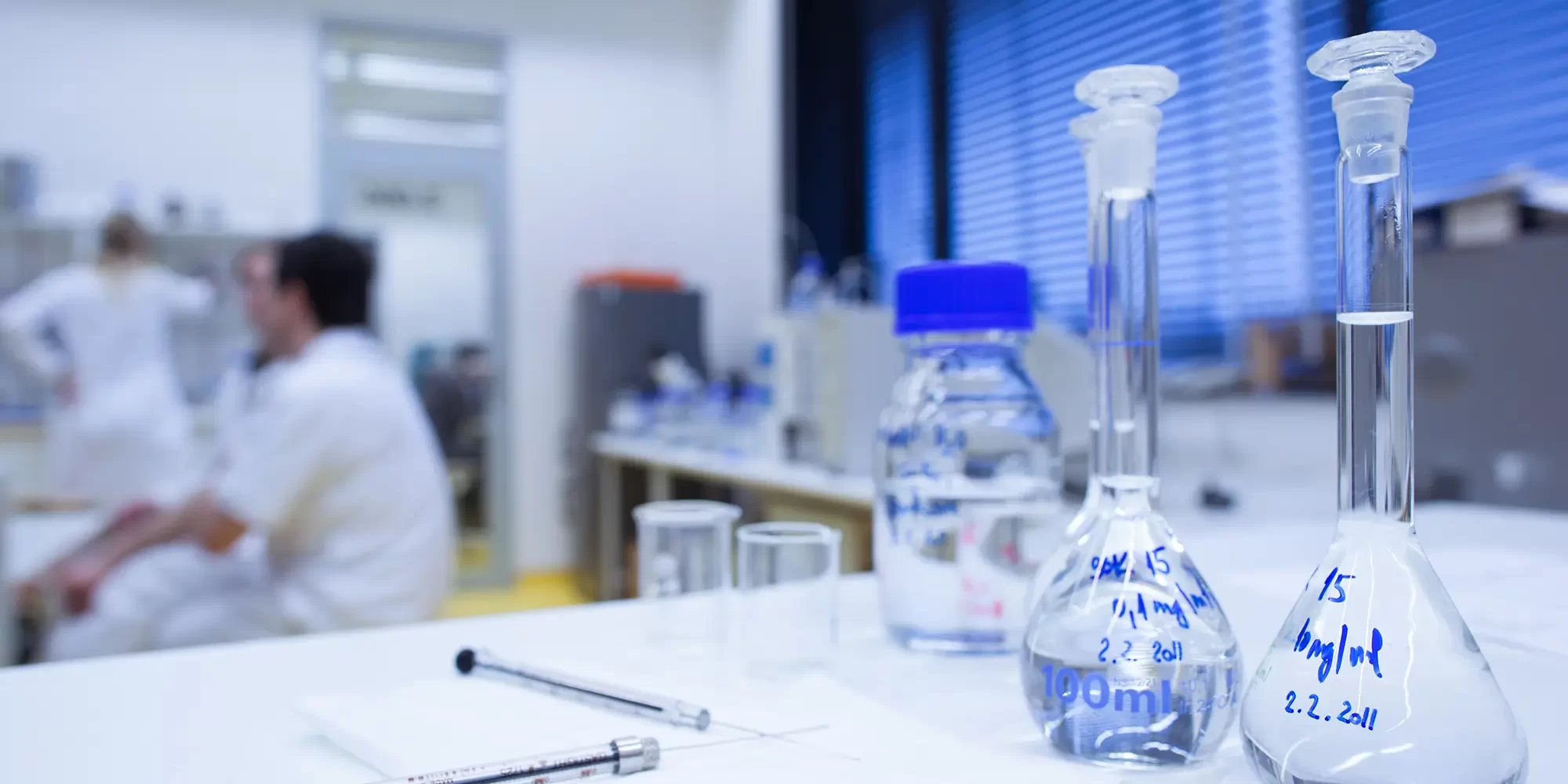Ensuring the safety and quality of drinking water involves several key measurements, among which pH and redox potential (ORP) are critical yet often misunderstood.
While these parameters are related through their involvement in water chemistry, they measure fundamentally different aspects and should not be confused in the management of drinking water systems.
This article explores the distinctions between pH and redox potential, elucidating their respective roles and importance in maintaining water quality.
What is pH?
 pH is a measure of the acidity or alkalinity of water, expressed on a scale ranging from 0 to 14. A pH of 7 is considered neutral, values below 7 are acidic, and values above 7 are alkaline. The pH level in drinking water is a crucial quality indicator because it affects both the taste and the healthfulness of the water. It can also influence the effectiveness of disinfection processes and the stability of the water distribution system. For example, water that is too acidic can corrode pipes, leaching metals such as lead and copper into the water supply, whereas overly alkaline water can lead to scaling that impacts water flow and quality.
pH is a measure of the acidity or alkalinity of water, expressed on a scale ranging from 0 to 14. A pH of 7 is considered neutral, values below 7 are acidic, and values above 7 are alkaline. The pH level in drinking water is a crucial quality indicator because it affects both the taste and the healthfulness of the water. It can also influence the effectiveness of disinfection processes and the stability of the water distribution system. For example, water that is too acidic can corrode pipes, leaching metals such as lead and copper into the water supply, whereas overly alkaline water can lead to scaling that impacts water flow and quality.
What is Redox Potential?
Redox potential, or oxidation-reduction potential (ORP), measures the ability of a substance to oxidise or reduce another substance. It is expressed in millivolts (mV) and indicates the overall health of water. A higher ORP suggests a greater oxidative capacity, which generally corresponds to better disinfection and a lower likelihood of contamination. In drinking water treatment, ORP is used to assess the effectiveness of oxidation processes such as chlorination, which are crucial for eliminating pathogens.
The Relationship and Differences Between pH and ORP
While pH and ORP are related through the chemical reactions that occur in water, they are not directly comparable and serve different monitoring purposes:
- pH measures the concentration of hydrogen ions in water, providing a direct measure of how acidic or alkaline the water is.
- ORP measures the electrical potential needed to transfer electrons among participants in a chemical reaction, indicating the oxidising or reducing power of the water.
These measurements are linked because the substances that affect pH can also influence redox reactions, and vice versa. However, they do not substitute for each other. For instance, water with a neutral pH can have a very high or very low ORP, depending on the presence of oxidising or reducing agents.
Importance in Drinking Water Management
In the management of drinking water, both pH and ORP are essential but for different reasons:
- pH management is crucial for preventing corrosion or scaling in pipes and ensuring that the water remains palatable and safe for consumption.
- ORP management is vital for ensuring that disinfection processes are effective and that the water is free from harmful microorganisms.
Using pH and ORP in Complementary Roles
Understanding both pH and ORP is essential for effective water quality management. While they provide different insights into the water’s chemical properties, both are necessary to ensure that drinking water is safe, clean, and pleasant to consume. Water treatment professionals must measure and adjust both parameters to maintain optimal water quality and system integrity. Contact us for more detailed guidance on monitoring and adjusting pH and ORP in your water treatment system.






